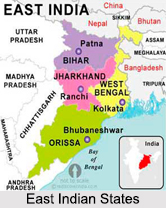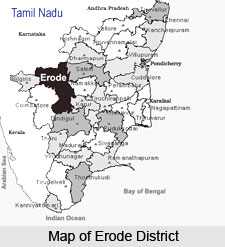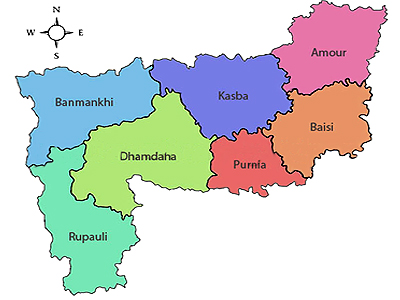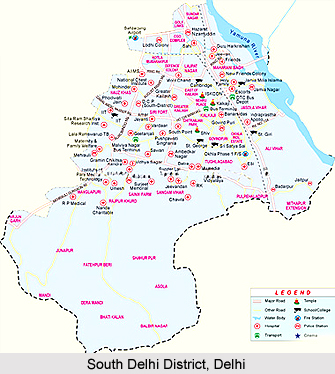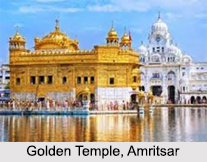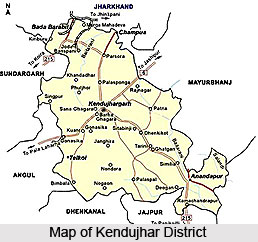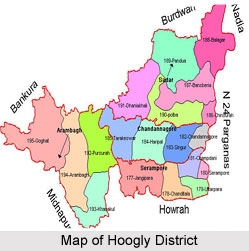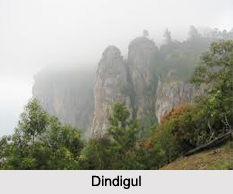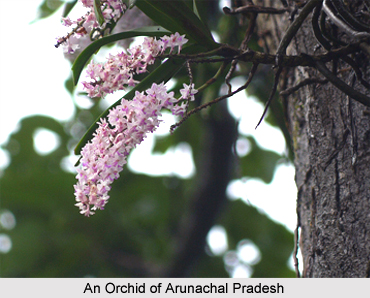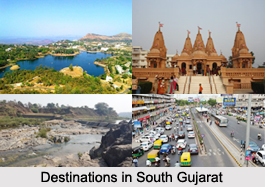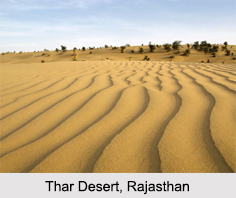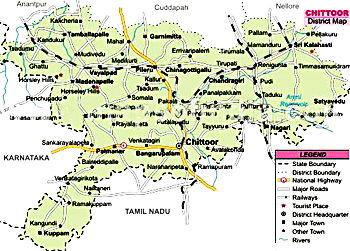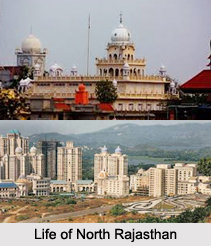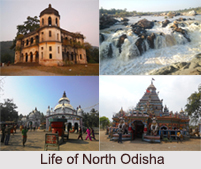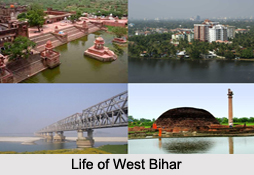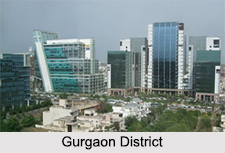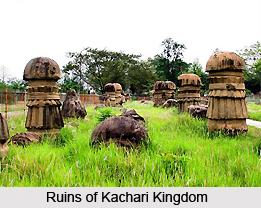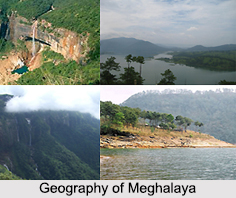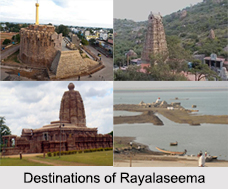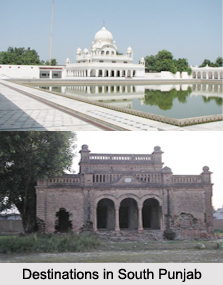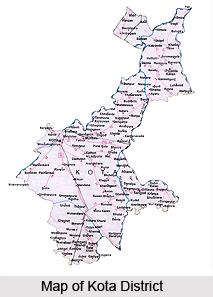 Kota District, situated in the state of Rajasthan, covers a total area of 5217 Square Kilometres. The population of the district at the last Census count stands at 827128. For the purposes of convenience in administration, the district has been divided into a number of divisions. It has a sum total of 5 subdivisions, 5 tehsils, 3 sub tehsils, 26 ILR tehsils and 204 patwar circles. The system of Panchayati Raj has been operationalised here for the purposes of convenience in administration. There are 5 Panchayat Samitis, 158 Gram Panchayats, one Nagar Nigam and 3 Nagar Palikas found existing in the district. Agricultural land in the district occupies a total area of 521324 hectares. The city of Kota situated here on the banks of the Chambal River is at an important juncture of the trade route between Gujarat and Delhi. The Chambal Valley project here is among the biggest in the state of Rajasthan. More details on the district of Kota are furnished below.
Kota District, situated in the state of Rajasthan, covers a total area of 5217 Square Kilometres. The population of the district at the last Census count stands at 827128. For the purposes of convenience in administration, the district has been divided into a number of divisions. It has a sum total of 5 subdivisions, 5 tehsils, 3 sub tehsils, 26 ILR tehsils and 204 patwar circles. The system of Panchayati Raj has been operationalised here for the purposes of convenience in administration. There are 5 Panchayat Samitis, 158 Gram Panchayats, one Nagar Nigam and 3 Nagar Palikas found existing in the district. Agricultural land in the district occupies a total area of 521324 hectares. The city of Kota situated here on the banks of the Chambal River is at an important juncture of the trade route between Gujarat and Delhi. The Chambal Valley project here is among the biggest in the state of Rajasthan. More details on the district of Kota are furnished below.
History of Kota District
History of Kota district goes all the way back to the 12th century when Bundi and Hadoti region was founded by the Hada chieftain Rao Deva. The foundations of the region of Kota as a separate state were laid down by a Bhil warrior Kotya who set up a small fortification with a protective mud wall running around it. He was later killed by Jait Singh of Bundi who set up the first proper fort here. The independent state of Kota was formed in the 12th century, when the principality of Kota was given to Madho Singh by his father Rao Ratan Singh. Later Rao Madho Singh was declared the ruler of Kota by the Mughal Emperor Shah Jahan, and thus Kota as an independent district came into being.
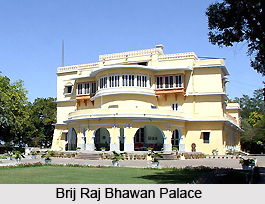
Economy of Kota District
Kota is the industrial hub of the state of Rajasthan. There are a number of flourishing industries contributing to the economy of the district. There is a fine grained variety of limestone found here called the Kota stone which is very popular in construction. Kota stone is preferred for flooring and wall cladding, paving and facades of buildings. This industry is a major contributor to the economy of the district. There are many other industries situated here in the district. Established in the year 1985, Chambal Fertilisers and Chemicals Limited (CFCL) grew into the largest manufacturer of Urea in the private sector with an installed capacity of 1.5 million tonnes per annum. Its primary businesses are: Agri-Business (Urea fertilizer, Sugar, Farm inputs marketing such as DAP, Pesticides, Seeds, Agri retailing - Haryali Kisan Bazaars, etc.), Plastics (PVC and PVC compounds, Plastic building products - Fenesta), Chemicals (Chlor-Alkali, Chlorine based products). Other business interests comprise of Cement, Textiles and Energy Services. Instrumentation Limited (better known as IL) is a Government of India Enterprise set up in 1964 with the prime objective of attaining self reliance in the field of Control and Automation for process industry. Today IL is manufacturing and supplying state of the art control equipment on turnkey basis to various sectors and industries viz. Power, Steel, Fertilizer, Chemical, Petrochemical, Refineries, Pharmaceutical, Cement, Paper, Textile, Space, and Oil and Gas.
Tourism in Kota District
There are a number of places of tourism in the district of Kota, a silent witness to the splendour of the various dynasties that held sway here. The marvellous fort of Kota with the Durbar Hall, Brij Raj Bhawan Palace and Jag Mandir is a must visit when on a trip here. Other sites here include the Haveli of Devtaji, Chambal Gardens etc. The museums here display a remarkable collection of artistic items like Rajput miniature paintings of the Kota school, rare coins, manuscripts etc which are marvellous to behold.
